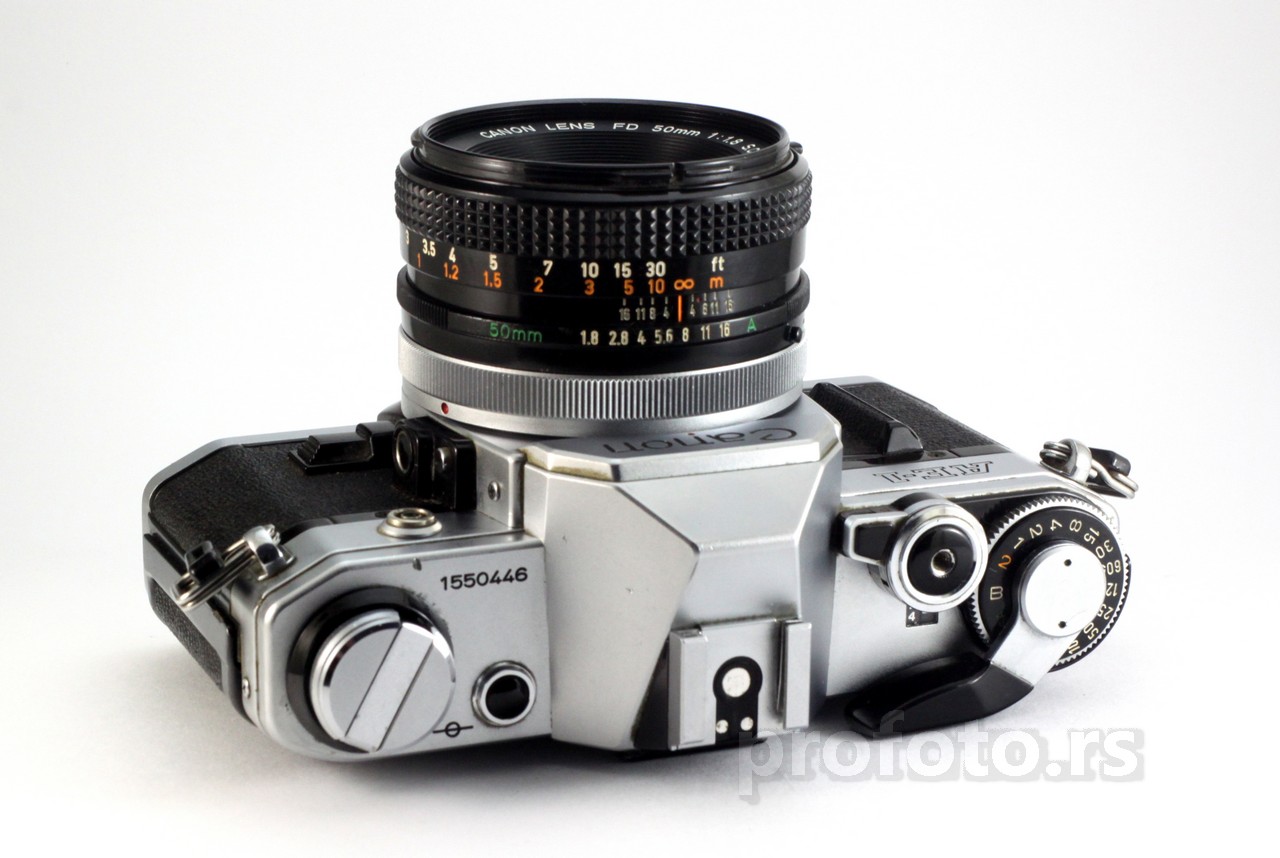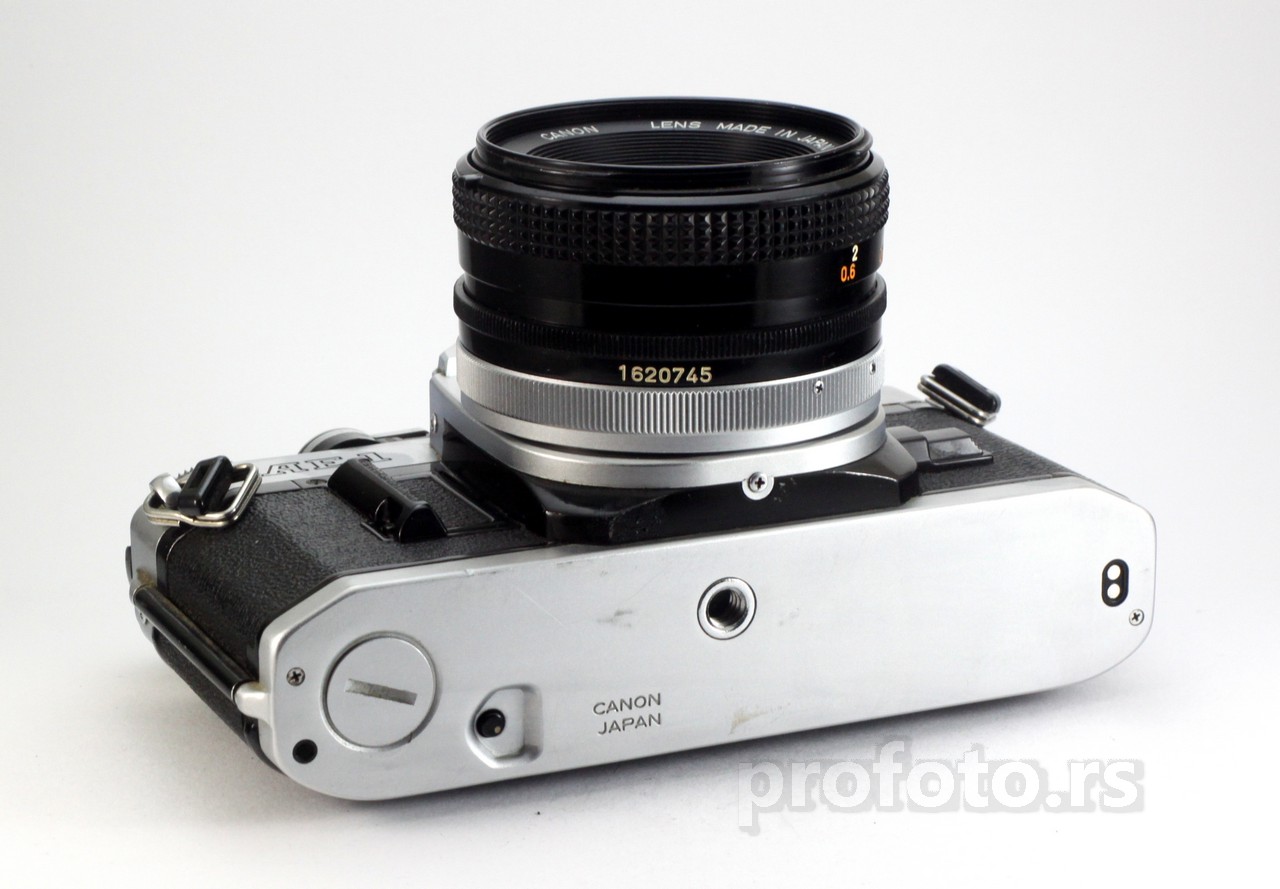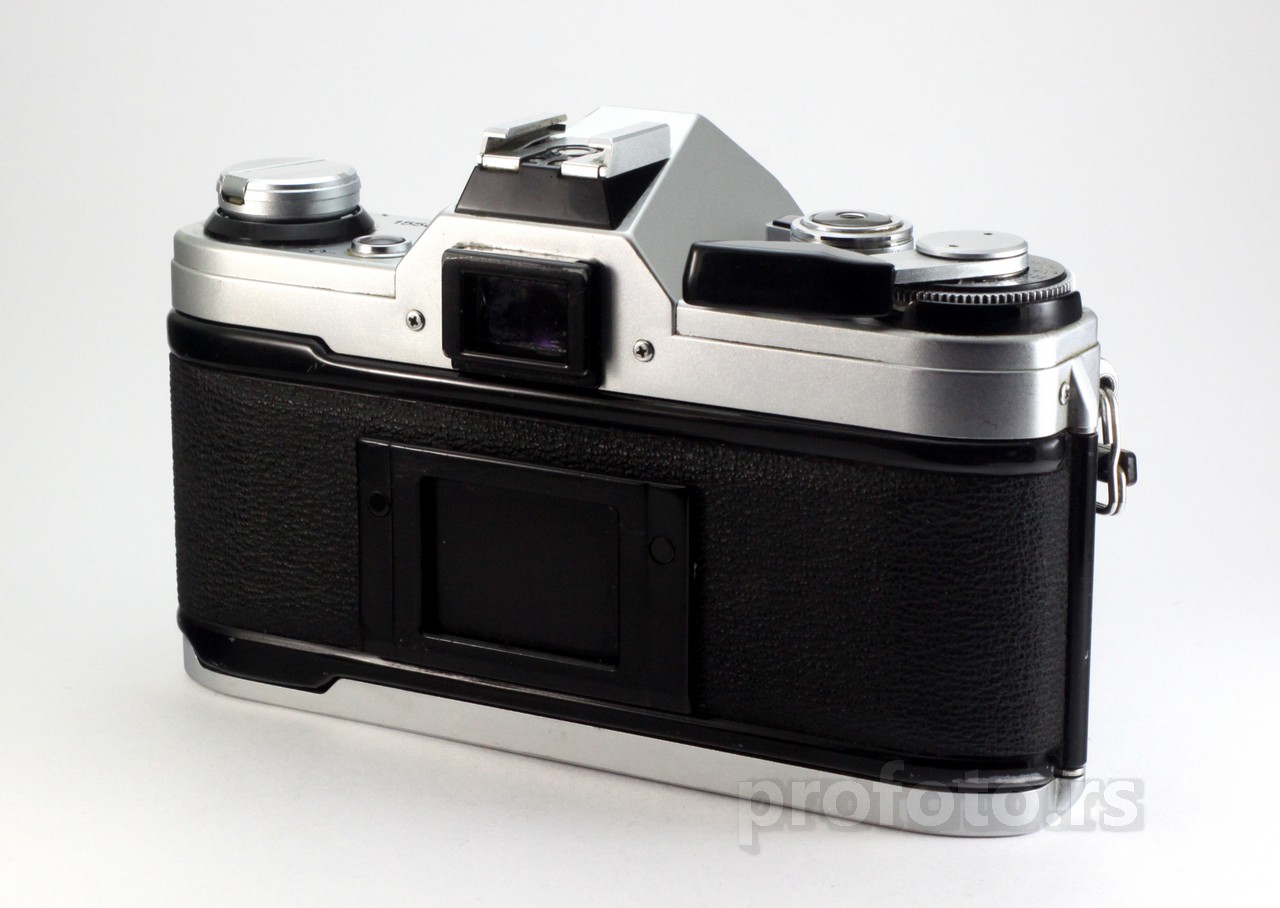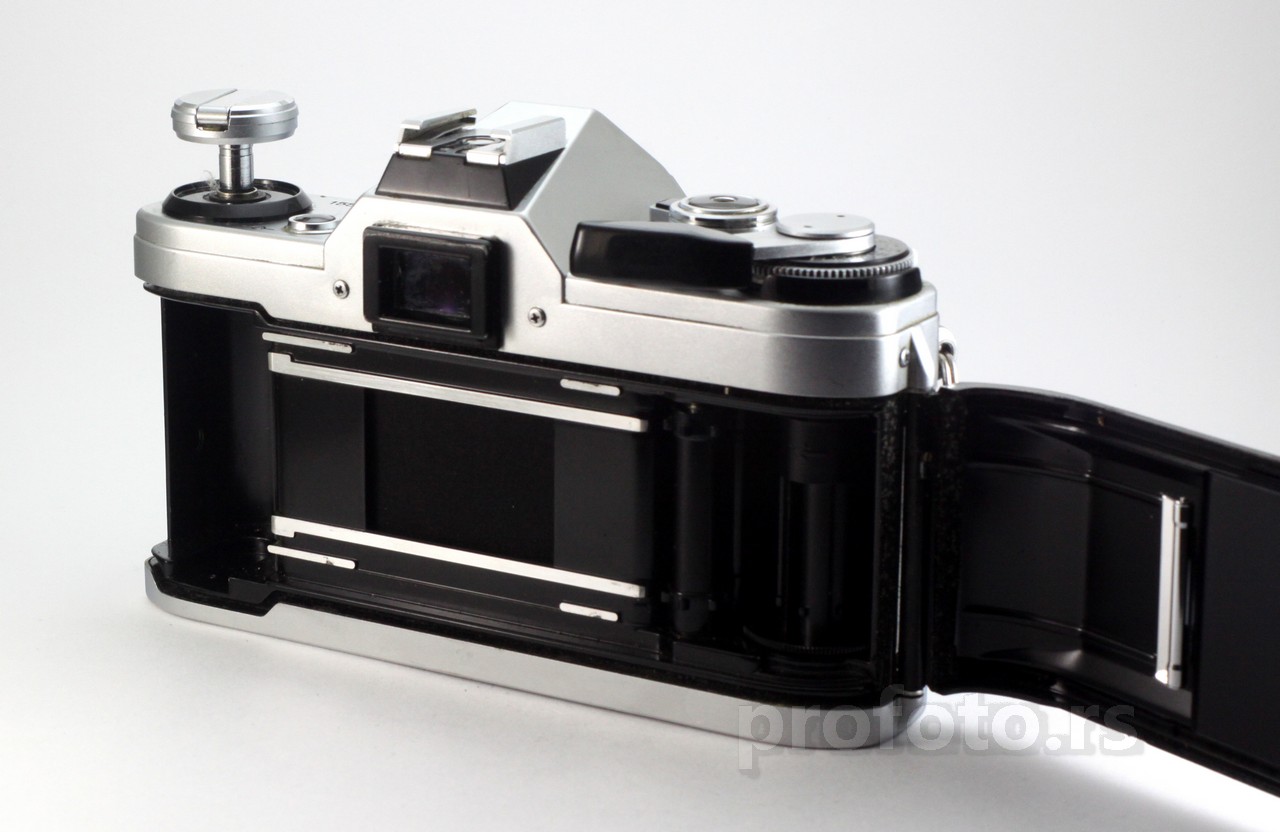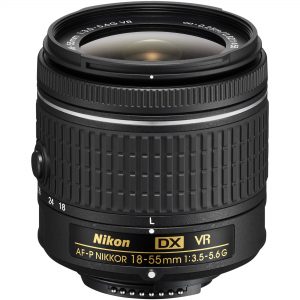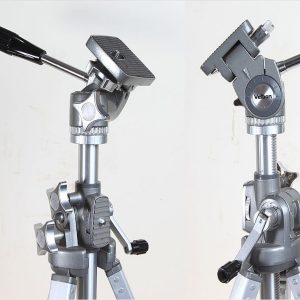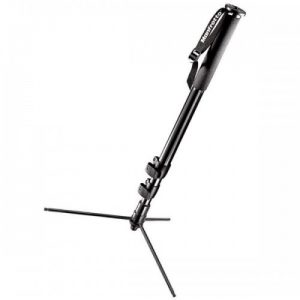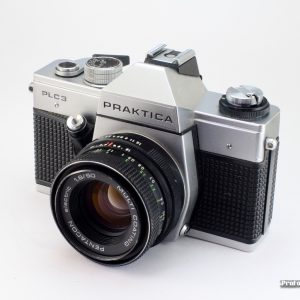Opis
Canon AE-1 + Canon FD 50mm f/1,8 S.C.
Canon AE-1 + Canon FD 50mm f/1,8 S.C.
| Overview | |
|---|---|
| Maker | Canon Camera K. K. |
| Type | 35 mm SLR |
| Lens | |
| Lens mount | Canon FD |
| Sensor/Medium | |
| ASA/ISO range | ISO 25 to 3200 [manual] |
| Focusing | |
| Focus | Manual |
| Exposure/Metering | |
| Exposure | Shutter priority, manual |
| Exposuremetering | EV1 to EV18 @ ASA 100 |
| Flash | |
| Flash | Hot shoe, PC socket |
| Flash synchronization | 1/60 s |
| Shutter | |
| Frame rate | Manual lever winding, unmodified. |
| Shutter speedrange | 2 s to 1/1000 s |
| General | |
| Battery | 4LR44/4SR44 6V battery |
| Dimensions | 87 × 141 × 47.5 mm |
| Weight | 590 g |
| Made in | Japan |
Canon AE-1 + Canon FD 50mm f/1,8 S.C.
Features
Canon AE-1 + Canon FD 50mm f/1,8 S.C.
The AE-1 has a Canon FD breech-lock lens mount and accepts any FD or New FD (FDn) lens. It is not compatible with Canon's later Canon EF lens mount, though adapters made by independent manufacturers can be found. The camera will also accept Canon's earlier FL-mount lenses through the use of stop-down metering.[2] Original FD lenses, introduced in 1971, did not rotate in the mounting process; instead, a locking ring at the base was turned to attach the lens. This was often criticized as being slower than the bayonet mounts of competing cameras.[1]:201 The counter argument, though, was that as the lens/body mating surfaces did not rotate, there was no wear that could affect the critical distance from lens to film plane. In 1979, Canon introduced the New FD series of lenses that rotate the whole outer lens barrel to lock. The inner lens barrel remained stationary, and thus the signal levers and pins still did not rotate. During the late 1970s, there were over 50 Canon FD lenses available for purchase. They ranged from a Fisheye FD 15 mm f/2.8 SSC to a FD 800 mm f/5.6 SSC, plus special purpose lenses such as a 7.5mm circular fisheye and a 35 mm tilt and shift lens.
Accessories for the AE-1 included the Canon Winder A (motorized single frame film advance up to 2 frames per second), the Canon Databack A (sequential numbering or date stamping on the film), and the Canon Speedlite 155A (guide number 56/17 (feet/meters) at ASA 100) and Canon Speedlite 177A (guide number 83/25 (feet/meters) at ASA 100) electronic flashes. The later Power winder A2 was also compatible, but the Motor Drive MA was not.
The AE-1 is a battery-powered (one 4 LR44 or 4 SR44) microprocessor-controlled manual focus SLR. It supports either manual exposure control or shutter priority auto exposure. The exposure control system consists of a needle pointing along a vertical f-stop scale on the right side of the viewfinder to indicate the readings of the built-in light meter (center-weighted with a silicon photocell). The viewfinder used by the AE-1 is Canon’s standard split image rangefinder with microprism collar focusing aids.
Design history
Canon AE-1 + Canon FD 50mm f/1,8 S.C. detail
The AE-1 was the first in what became a complete overhaul of Canon's line of SLRs. The 1970s and 1980s were an era of intense competition between the major Japanese SLR brands: Canon, Nikon, Minolta, Pentax and Olympus. Between 1975 and 1985, there was a dramatic departure from heavy all-metal manual mechanical camera bodies to much more compact bodies with integrated circuit (IC) electronic automation. In addition, due to rapid advances in electronics, the brands leap-frogged each other with successively more automated models.
Although Canon Camera K. K. had been making quality 35 mm cameras for decades, it had always been overshadowed by their rival Nippon Kokagu K. K. and their Nikon cameras. While Canons easily led in the amateur compact fixed-lens rangefinder market (where Nikons did not compete), Canon SLRs had far less cachet than Nikon SLRs. Nikon, with its solid reputation for quality of material and worksmanship, held a stranglehold on the prestigious professional SLR market that competitors could not break.
Canon AE-1 + Canon FD 50mm f/1,8 S.C.
The AE-1 was the vanguard of the landmark Canon amateur level A-series SLRs and led Canon’s charge into the emerging electronically controlled SLR market. The other members of the A-series were the AT-1 (released 1977), A-1 (1978), AV-1 (1979), AE-1 Program (1981) and AL-1 (1982). They all used the same compact aluminum alloy chassis, but with different feature levels and outer cosmetic plastic top panel. By sharing most major components, including an inexpensive horizontal cloth-curtain shutter, viewfinder information display, and autoflash control, Canon further reduced costs and could undercut the price of the more expensive SLRs then on the market.
In keeping with its cost-cutting philosophy, Canon designed the AE-1 to use a significant amount of structural plastic for a lighter and cheaper camera at the expense of being less impact resistant. Canon went to great effort to disguise the use of plastic – the injection-molded acrylonitrile-butadiene-styrene (ABS) for the top panel finished with ether satin chrome (or black enameled) to give the look and feel of metal. The bottom plate were made of brass and then finished with satin chrome (or black enameled). Extensive use of electronics also allowed simpler modular internal construction instead of mechanical linkages. Five major and 25 minor internal modules reduced the individual parts count by over 300. Modular construction, in turn, allowed automated production lines in order to reduce cost. Unfortunately, cost concerns also resulted in the use of plastic in some of the moving/operating mechanisms.
Canon AE-1 + Canon FD 50mm f/1,8 S.C.
The AE-1 was never designed to be a professional camera. However, it was made to have relatively straightforward controls and automatic aperture for newcomers, with various manual controls and system accessories to appeal to more experienced photographers. The AE-1 was the first SLR purchased by millions of amateur photographers, persuaded by its feature list and low price.
In many ways, the AE-1 represented the confluence of two streams of Canon camera development. The first generation electronically controlled 35 mm SLR Canon EF (1973) merged with the final generation rangefinder Canonet G-III QL17 (1972). After decades of chasing Nikon for Japanese optical supremacy, Canon finally hit upon a formula for success: high technology for ease of use, cheaper internal parts and electronics for lower price, and heavy advertising to get the message out. Despite outcries from traditionalist photographers who complained about an “excess” of automation ruining the art of photography, automation proved to be the only way to entice the amateur photographer.
The AE-1 had only one pointer needle used to indicate the light meter recommended f-stop, and neither a follower needle to indicate the actual lens set f-stop, nor plus/minus indicators for over/underexposure. The shutter-priority system of the AE-1 was more suited to sports action than to preserving depth-of-field, yet the 1/1000 s top speed of its horizontally traveling shutter limited its use for such activities. The battery door design was subject to frequent breakage, and over time owners have reported instances of shutter and mechanical gremlins, including mirror linkage wear (the “Canon squeal”). Canon's eventual abandonment of the FD lens mount for the EOS autofocus design also had an effect on prices for the AE-1 on the used market.




